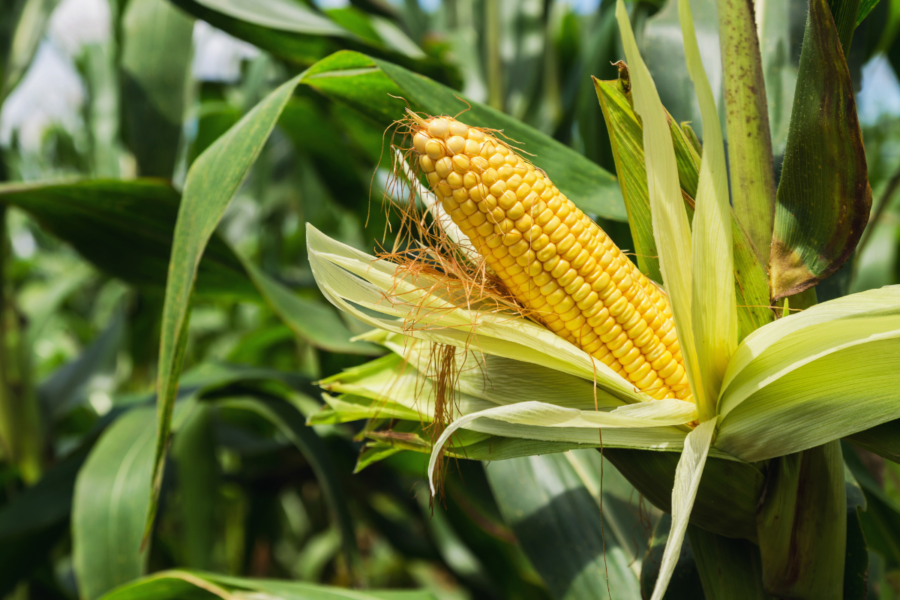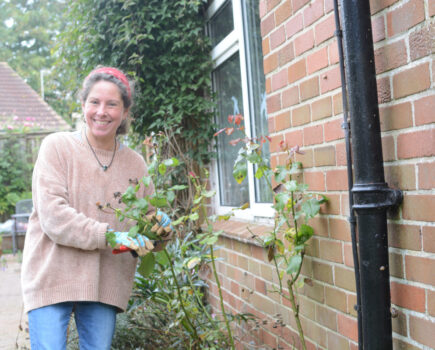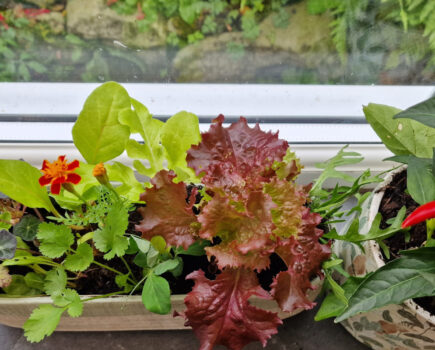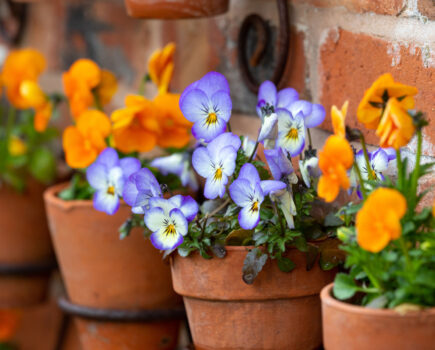Learn how to maximise the short growing season with Bob’s top advice
In most older vegetable gardening books you’ll seldom find references to sweetcorn, nor space allocated in crop rotations for these delectable cobs. It’s almost solely, Anglo-American grown, yes many places grow varieties of maize for fodder, grain, flour and pressing for corn oil, but few countries grow sweetcorn.
It is not actually a new crop, but it has been immensely improved to the point where it’s far more reliable and rewarding than varieties of yore. In the past few decades, available seed has been superseded in vigour, cob size, speed to harvest and most of all in sweetness.
This has been done through intensive breeding, and nearly every current variety is F1 or similar. F1 seed is expensive to produce but can offer hugely improved results if you struggle growing sweetcorn. However, it has one major drawback in that you cannot save your own seed from it, thus you have to buy new each year (and it doesn’t store long either).
Why corn can be tricky to grow
As seed is expensive to buy by the packet, and within seemingly ever decreasing numbers within, you might be tempted to buy plants instead. This would normally make sense, but sweetcorn hates transplanting, really hates any disturbance to its roots. In very cold regions, for extra-early crops and as spares for filling gaps you might sow some under cover in the warm. But even if grown individually in cells and carefully potted up it’ll still not do as well as the same sown in situ.
Now to make it even harder – sweetcorn needs warm soil to germinate and then takes three months to reach harvest, which means a late start has your cobs swelling in the fading sun of autumn so they don’t become as sweet as they should. You cannot sow in the open much before the end of April as most soils are simply too cold until May. Sow later than May and your cobs will come too late to be supreme.
Extra care is worth it
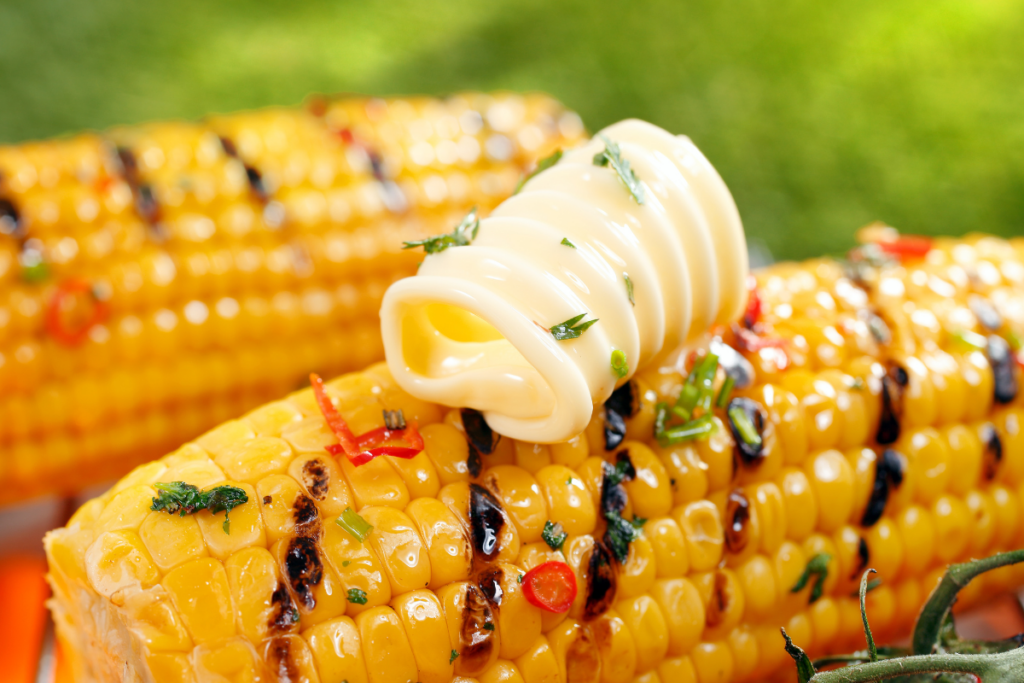
Thus it always helps to warm ground before sowing, creating little ridges or mounds, or using individual cloches, jam jars, or clear plastic sheeting held up on sticks to help create that essential warmth. Covering the soil with black plastic sheet and then sowing through holes is better still for both warmth and moisture retention.
Although sweetcorn hates very wet soil when germinating, it’s a very thirsty plant so benefits from extra watering, particularly as the cobs swell. It’s also a hungry crop and loves rich soil, so do add some well-rotted manure or fertiliser, especially bone meal, beforehand (people used to plant sweetcorn over fish waste, which is hard to come by but apparently the ideal choice).
Do not crowd your corn, as a smaller number of plants grown further apart will always do better, and they prefer to be in a block rather than a row to help with open pollination, which is carried out by wind. Weed, water generously, add liquid feed if your soil’s not really rich and watch those swelling cobs.
Then don’t leave it too late to harvest. Press a kernel to check for ripeness, and if it’s watery inside it’s too young, if it’s clotted it’s too old, but if the insides are smooth like cream, then pick, boil or steam for five minutes no more, and enjoy the sweet flavour of success.
Find more tips, advice and articles like this at the Amateur Gardening website. Subscribe to Amateur Gardening magazine now.

